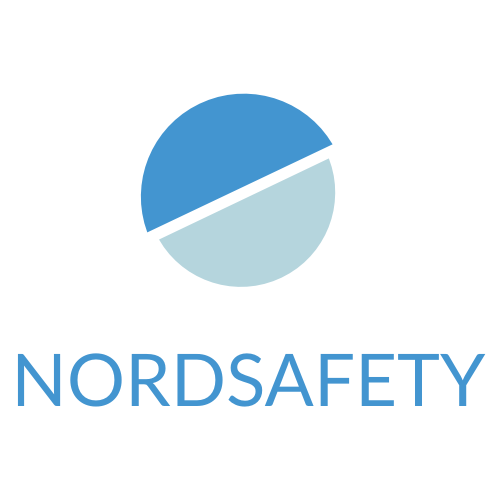
New innovation for collaboration in safety

The High Trestle Trail Bridge over the Des Moines River Valley between Woodward and Madrid in Central Iowa, United States. A photo by Tony Webster. unsplash.com/photos/F9o7u-CnDJk
What do you think are the biggest SHEQ management challenges at shared workplaces? This question is one that does not get a lot of attention, as people are too busy dealing with rushed errands, trainings, writing a report for the management system, work instructions, and communication. At the same time, employees should be motivated for safety work at every level of the organization.
The ideal situation would probably be one where the SHEQ organizations would act as a support function for the managers and project leaders, solving issues related to SHEQ management and administration. The practical issues would run smoothly at the line organization, and communication between the different interest groups would be fluent. The small deviations on the field would be handled in cooperation with the managers and employees as a part of the normal workday. With bigger problems the SHEQ functions would be ready to use and they would help spread the good practices of the organization to different fields. Most importantly this would enable preventing problems while performing the normal work tasks, instead of using every moment to fix problems.
Could this be the situation at your workplace? Is it possible that in your organization safety and quality would mean preventing accidents and quality issues instead of fixing them after they have already happened?
When a serious accident has already happened or a client issues a critical notice of defect, it is the very latest moment to think about what has gone wrong. It is not enough to think about what went wrong in a single event. Instead you need to think about what could be improved in managing and organizing the work from a bigger perspective. Almost every time I have investigated myself or read a report about serious SHEQ incidents, I see the following shortcomings:
- Communication
- Collaboration with interest groups
Communication is difficult enough within the organization, but once you add in representatives from other organizations, you can bet there will be problems. How are you communicating SHEQ related issues within your organization? And how about communicating the same issues to contractors or employees of the companies you collaborate with? Too often the problem is a single person, for example a manager or the contractor’s project manager, who already has their hands full with acute practical issues. There is no room left for communicating SHEQ issues to the field.
Collaboration between the different interest groups requires smooth communication. There is no way it’s enough to send an e-mail to a representative of the contractor and hope they send it forward to their team or organization. Did you know that the opening rate of informational e-mails is about 20%, meaning only one in five will even open the e-mail? Out of this 20% hardly anyone will finish reading the entire e-mail, let alone internalize the information. Some do not even have a company e-mail. This is a very significant problem.
I have experienced these collaboration challenges on the field myself and I have tried to solve it for years, lately together with my team and clients. Therefore, I feel very happy to announce that after a long time working on it, in June we launched a new component at NordSafety called “Collaboration”. This creates an entirely new opportunity to facilitate communication and collaboration. Collaboration will tie together the entire contractor chain just as if everyone belonged to the same organization.
The Collaboration feature will enable the organization to share features, projects, and sites to other organizations. What this means is that the SHEQ information can be shared in real time to all the actors in the common workplace! Before, each organization would report any SHEQ observations to their organization’s reporting system, from where the information may have been forwarded via e-mails and other channels. For NordSafety, collaboration means that from here on the same information will immediately be available to all the organizations and people who need it.
A shared workplace can be made genuinely common with the new feature, as information will flow openly and in real time. I believe this will revolutionize communication between organizations, as well as the SHEQ work.
 [noodle-share icons="icons-small"]
[noodle-share icons="icons-small"] 



